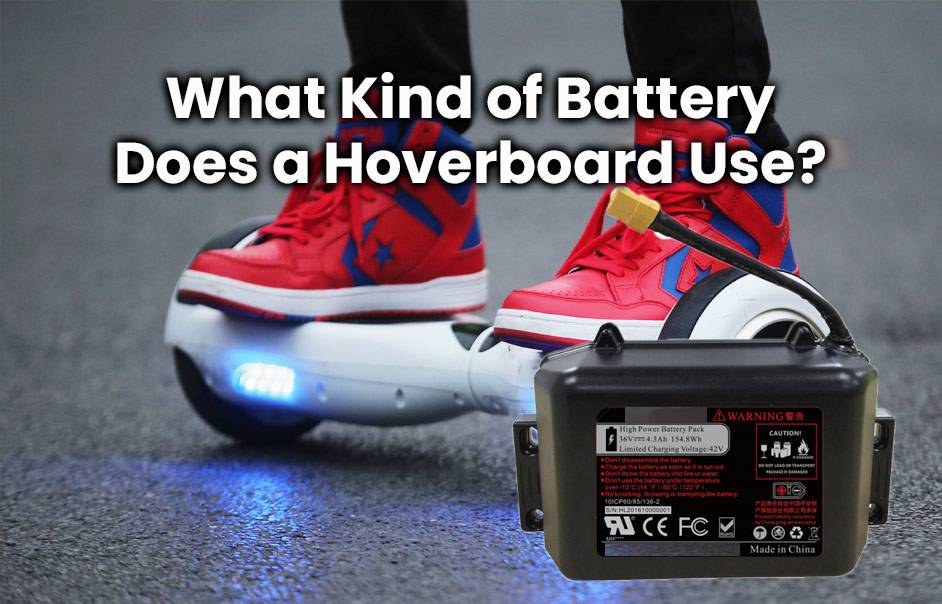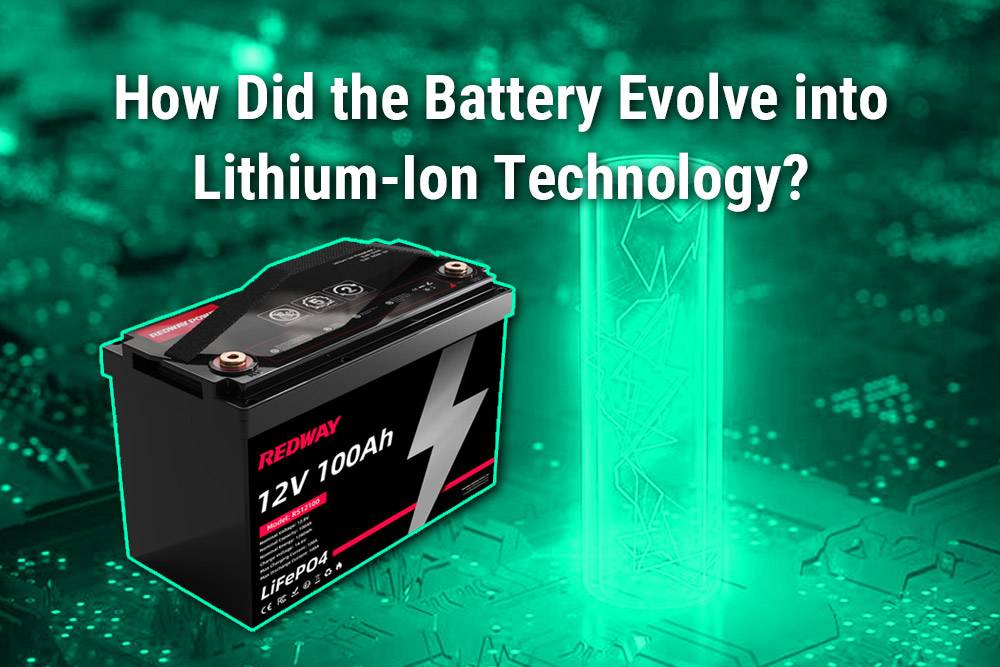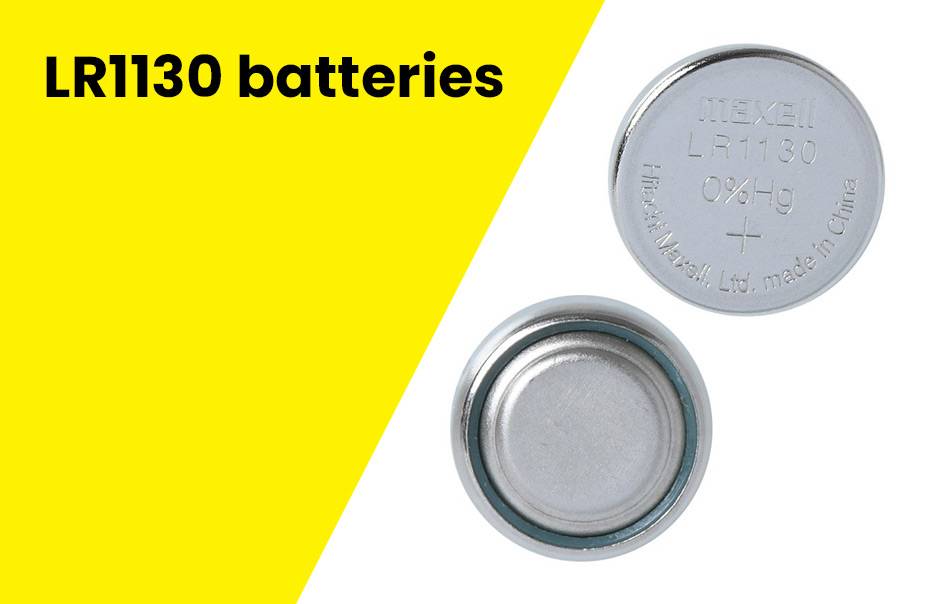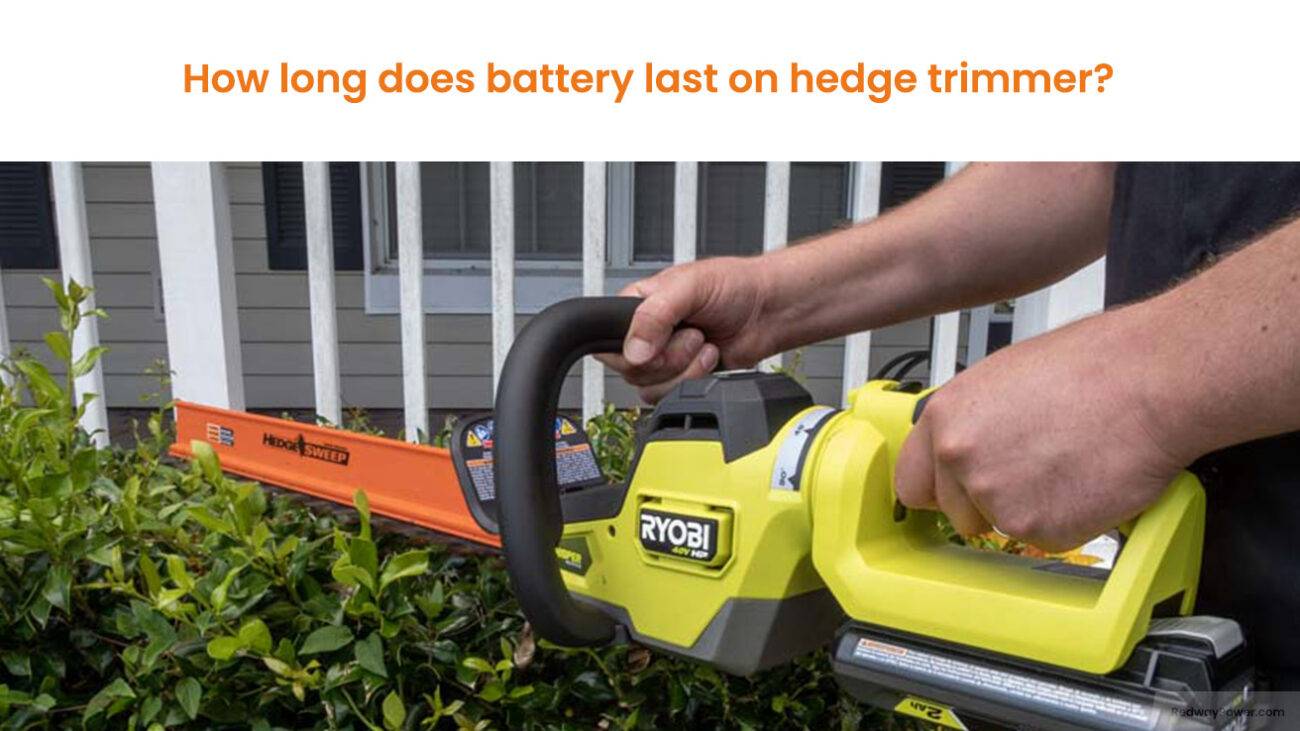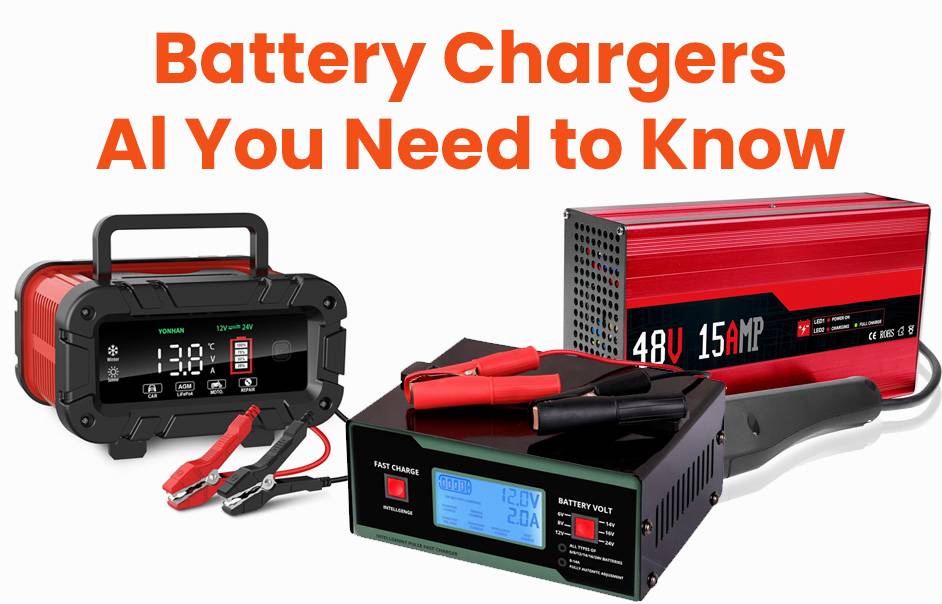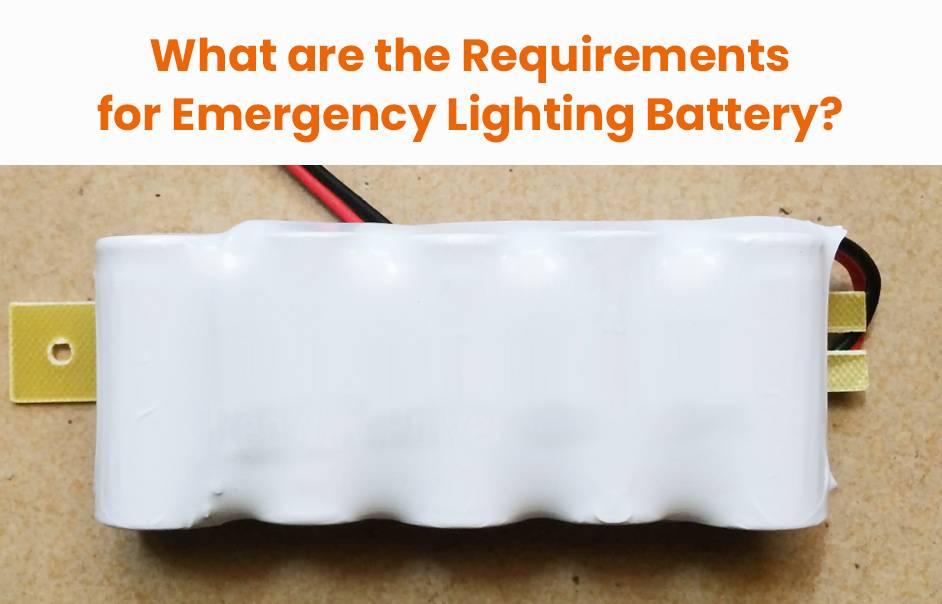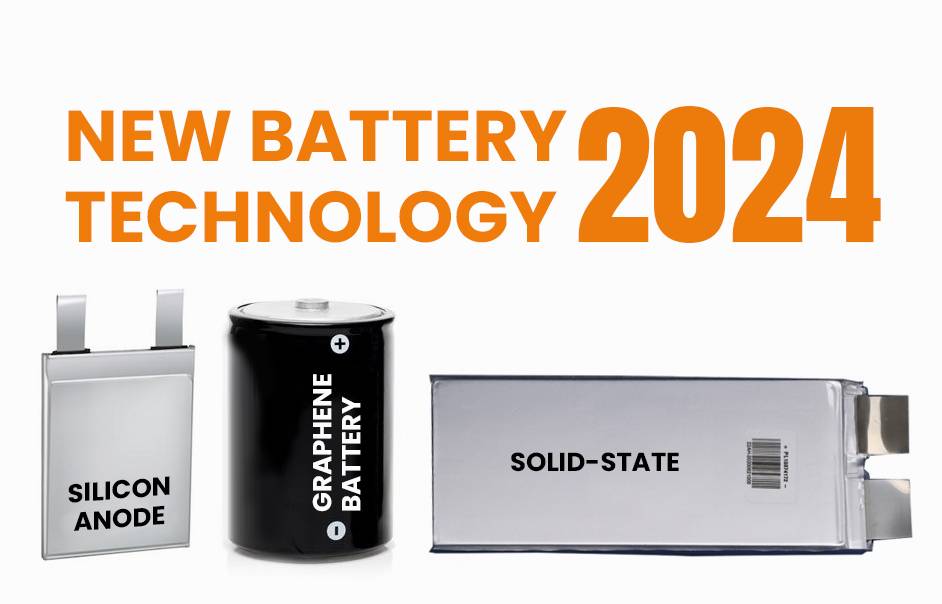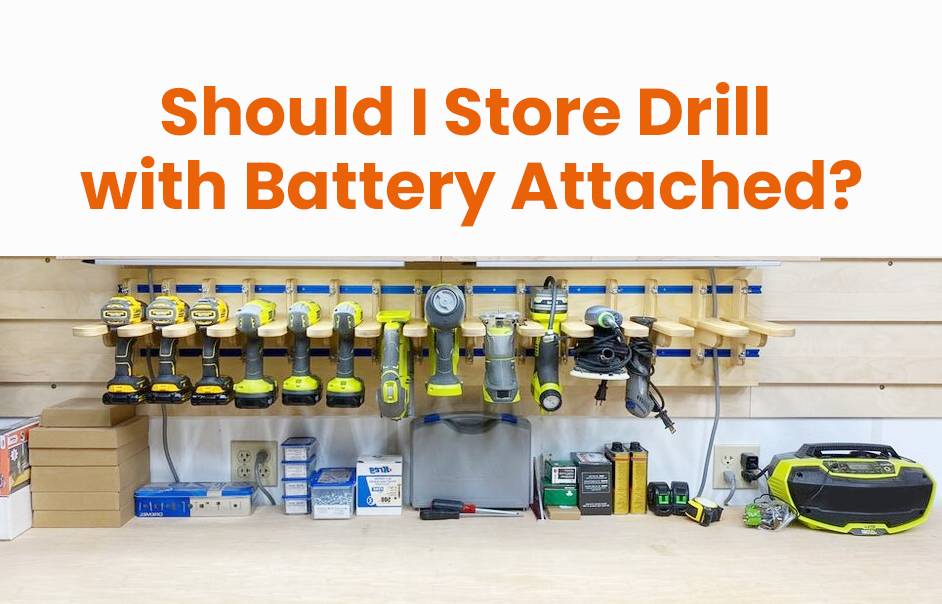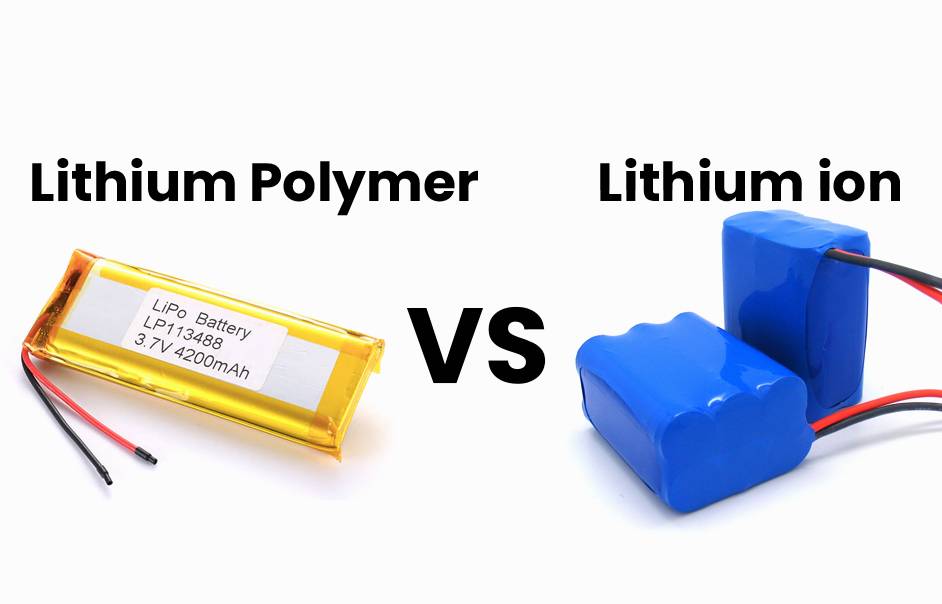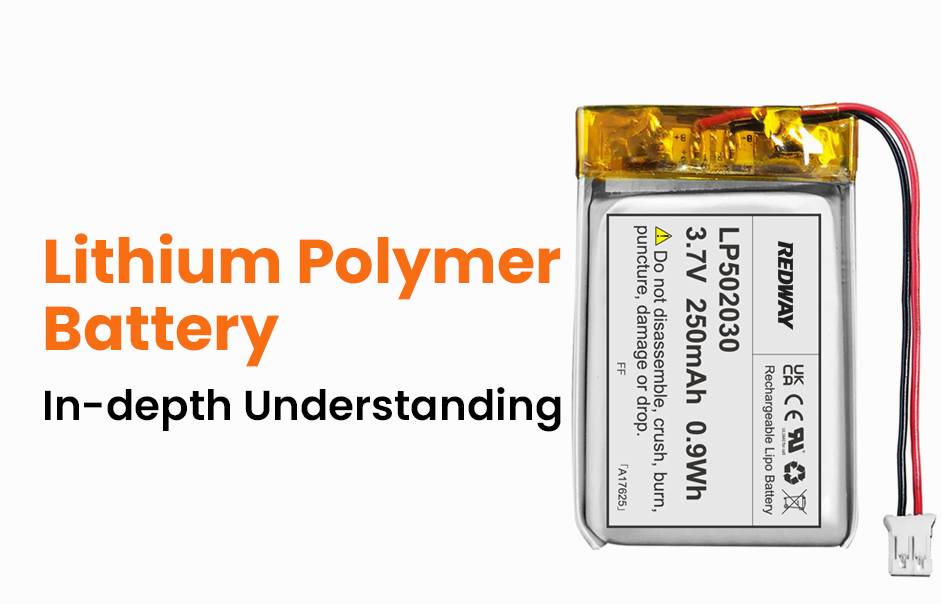Explore the electrifying world of hoverboard batteries in this blog post. Discover various types, pros and cons, tips for extending battery life, and crucial safety precautions. Buckle up for a thrilling ride into the battery secrets powering these buzzing beauties!
Understanding hoverboard batteries
Understanding hoverboard batteries might seem challenging, but we’re here to simplify it for you. At the core of every hoverboard is its battery, providing the power for your ride. Let’s dive into the key points.
1. Battery Types:
- Lithium-ion (Li-ion): Known for stability and reliability, with a longer lifespan. Ideal for those prioritizing longevity and overall stability.
- Lithium Polymer (LiPo): Offers higher discharge rates, allowing for power-hungry maneuvers like quick acceleration. Suitable for those craving an extra burst of power during rides.
2. Choosing the Right Battery:
- If you prioritize stability and longevity, go for Li-ion.
- If you desire extra power for maneuvers, choose LiPo.
3. Manufacturer Specifications:
- Always check the hoverboard manufacturer’s specifications to know the type of battery used in their models before making a purchase decision.
Conclusion: Understanding hoverboard batteries boils down to the choice between Li-ion for stability and LiPo for power. Consider your preferences and the manufacturer’s specifications to make the right decision for an electrifying ride!
Different types of batteries used in hoverboards
Hoverboards are a popular and convenient mode of transportation, and their battery type plays a crucial role in ride duration. Let’s explore the common battery types and essential tips for maximizing hoverboard battery life.
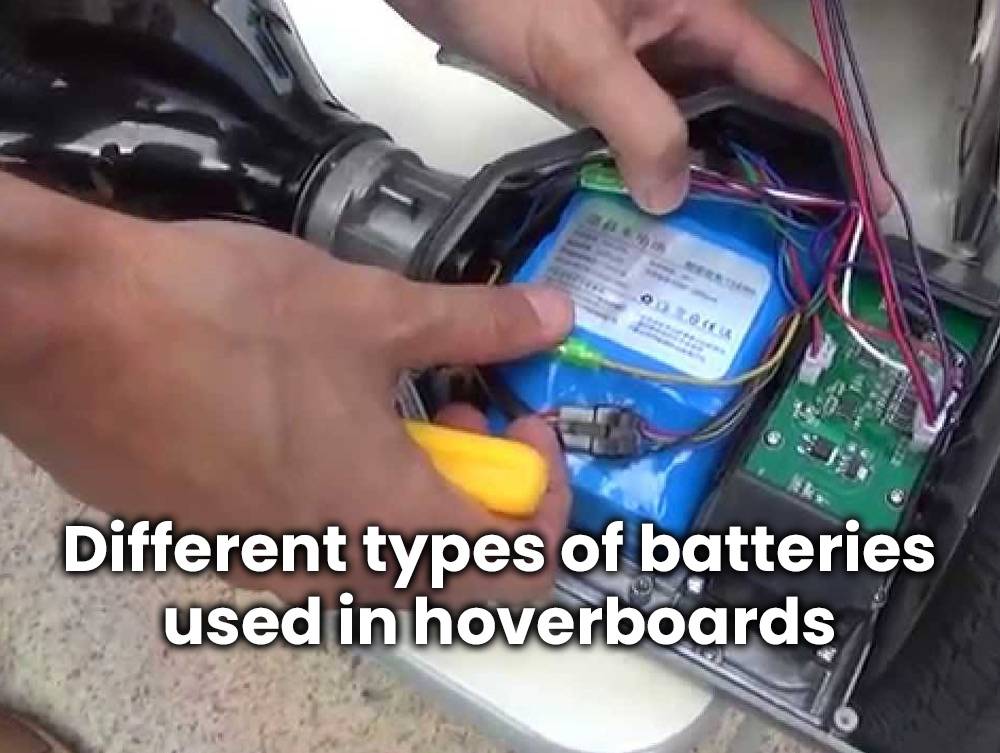
1. Lithium-Ion Battery:
- Pros: Lightweight, compact, and balanced power output.
- Cons: Moderate energy density compared to other types.
2. Nickel-Metal Hydride (NiMH) Battery:
- Pros: Higher energy density than lithium-ion.
- Cons: Heavier and less efficient, offering slightly longer ride times.
3. Lithium Polymer (LiPo) Battery:
- Pros: Highest energy density, ideal for slim designs.
- Cons: Requires careful handling due to sensitivity.
Tips for Extending Battery Life:
- Full Charge Before Use: Charge your battery fully before each ride.
- Avoid Low-Battery Riding: Prevent strain on cells by avoiding rides on low battery levels.
- Optimal Storage: Store your hoverboard with around 50% charge during non-use.
- Temperature Considerations: Keep your hoverboard away from extreme temperatures.
- Avoid Overcharging: Prevent overcharging or leaving it plugged in for extended periods.
Conclusion: Understanding the battery types in hoverboards is key to maximizing performance. Follow these tips to extend battery life and ensure a safe and enjoyable ride on your hoverboard.
Pros and cons of each type
Hoverboard batteries come in various types, each with its own strengths and weaknesses. Before choosing, it’s crucial to understand the pros and cons of each type to make an informed decision.
1. Lithium-Ion Battery:
- Pros: High energy density, providing long-lasting rides.
- Cons: Costlier compared to other options.
2. Nickel-Metal Hydride (NiMH) Battery:
- Pros: Less expensive with good energy storage capabilities.
- Cons: Larger and heavier, impacting overall weight and maneuverability.
3. Lead-Acid Batteries:
- Pros: Inexpensive option.
- Cons: Limited capacity, regular maintenance required, and bulkier.
Advanced Options:
- Newer advancements include graphene-based or solid-state batteries with higher energy densities and longer lifespan potential for future hoverboard designs.
Considerations for Choosing:
- Prioritize factors like budget or desired ride duration when selecting the right battery type for your hoverboard.
Tips for extending battery life
Ensuring your hoverboard’s battery lasts longer is a common concern for owners. To keep your rides uninterrupted, follow these straightforward tips for maximizing battery life.
1. Full Charging Routine:
- Charge Before Every Use: Always start with a fully charged hoverboard to optimize battery life.
- Avoid Overcharging: Unplug your hoverboard once it reaches 100% to prevent battery lifespan reduction.
2. Mindful Riding Practices:
- Choose Smooth Surfaces: Opt for smoother terrains to avoid overworking the motor and draining the battery faster.
- Moderate Acceleration and Braking: Prevent excessive acceleration and braking to preserve battery life during rides.
3. Tire Maintenance:
- Proper Tire Pressure: Maintain correct tire pressure to minimize friction and reduce energy consumption.
4. Smart Storage Habits:
- Cool, Dry Storage: Store your hoverboard in a cool, dry place away from direct sunlight and extreme temperatures to positively impact battery performance.
Conclusion: Implementing these simple tips ensures that your hoverboard’s battery stays robust, providing uninterrupted hours of fun-filled rides.
Safety precautions when using hoverboard batteries
While hoverboards offer a fun way to get around, safety should always be a top priority. Here are essential safety precautions to follow when using hoverboard batteries.
1. Read and Understand the Manual:
- Thorough Understanding: Read the manufacturer’s user manual to grasp specific safety guidelines and warnings related to the battery.
2. Responsible Charging Practices:
- Use Recommended Charger: Always use the provided charger and adhere to the manufacturer’s recommended charging time to prevent overheating and potential battery damage.
3. Temperature Awareness:
- Avoid Extremes: Protect battery performance by avoiding exposure to extreme heat or cold; refrain from leaving the hoverboard in direct sunlight or freezing temperatures.
4. Pre-Ride Inspection:
- Visual Check: Before each ride, visually inspect the hoverboard for any damage, including frayed wires, loose connections, or bulging batteries. Address any issues with professional assistance.
5. Protective Gear:
- Safety Equipment: Ensure personal safety by wearing appropriate gear such as helmets, knee pads, elbow pads, wrist guards, and sturdy shoes while riding.
6. Gradual Riding Start:
- Begin Slowly: If new to hoverboarding or returning after a while, start slowly in an open area. Practice balancing and gradually increase speed as comfort grows.
7. Environmental Awareness:
- Surroundings Watch: Stay aware of surroundings, watching for pedestrians, obstacles, and potential hazards like potholes. Avoid accidents by navigating obstacles carefully.
8. Adherence to Traffic Rules:
- Follow Traffic Laws: Treat the hoverboard like any other vehicle on the road. Obey traffic laws and signals to ensure personal safety and the safety of others.

